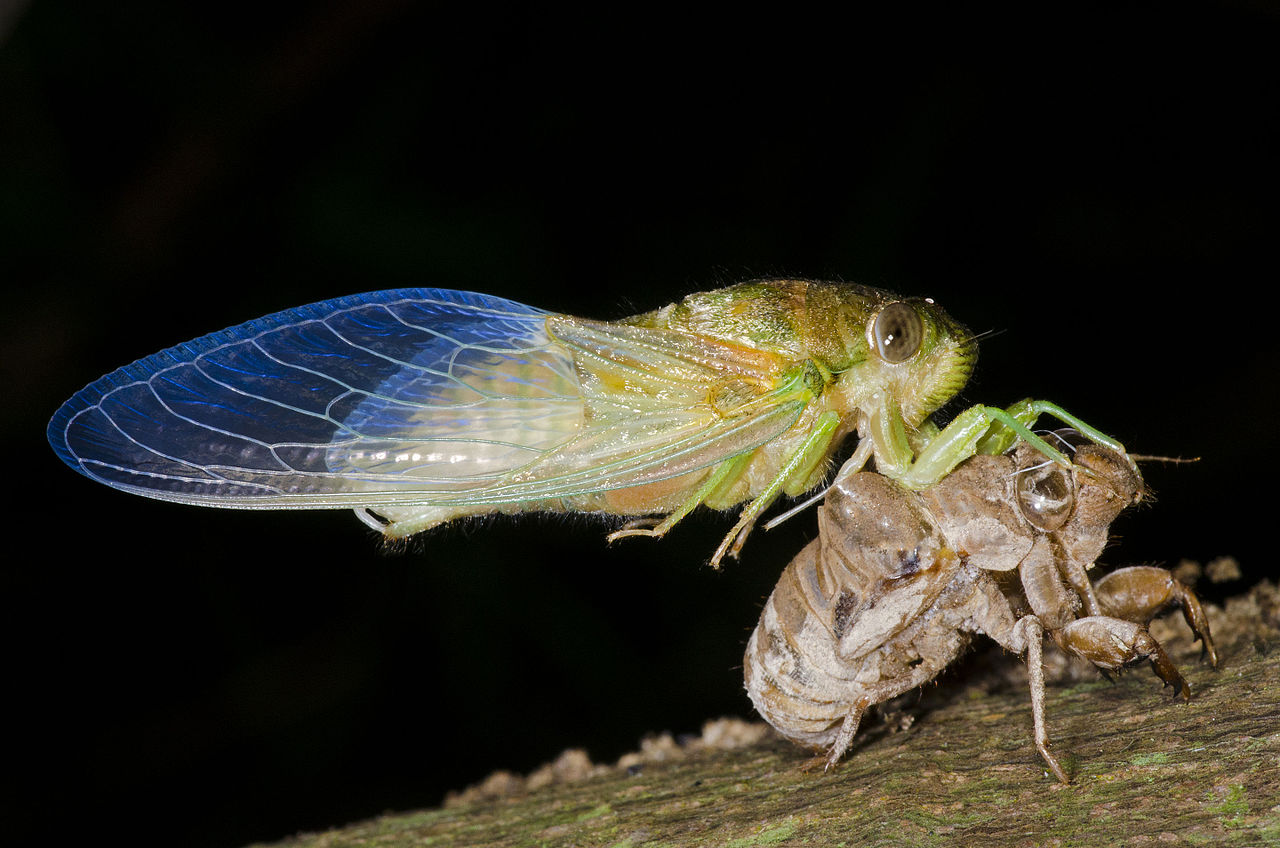The phenomenon of emergence is currently underway. Periodical cicadas (Magicicada) are emerging from the ground in immense numbers, possibly trillions, across extensive regions of the southeastern and midwestern United States. Researchers, many of whom typically focus on other insects, are abandoning their usual studies to rush to the sites where these cicadas have surfaced. They are eager to gather samples and observe this ecological spectacle firsthand.
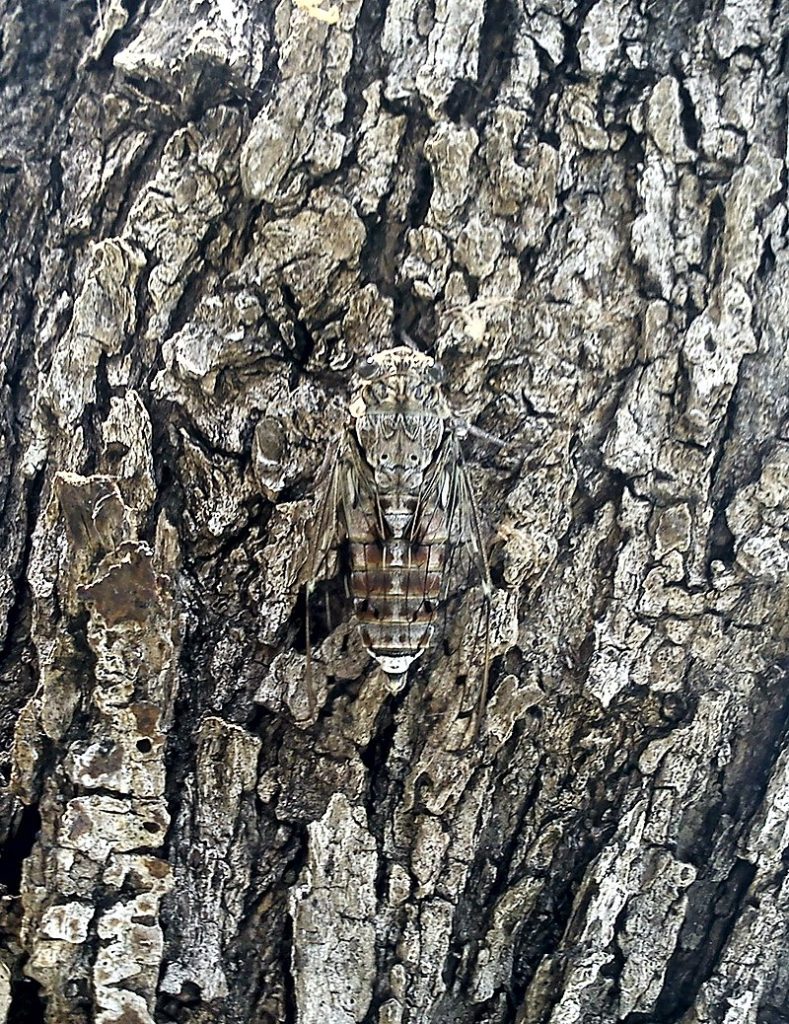
Entomologists emphasize the significant gaps in our understanding of these insects, which spend the majority of their lives approximately 60 centimeters below ground in muddy burrows.

This year’s emergence presents a unique situation for researchers. Two specific broods, which are groups of multiple cicada species with synchronized life cycles appearing above ground in the same year, will synchronize for the first time in 221 years. The last time they emerged together was during a historical era. One brood has been emerging over the past few weeks after 13 years underground, while the more northerly brood has just begun to appear after 17 years.
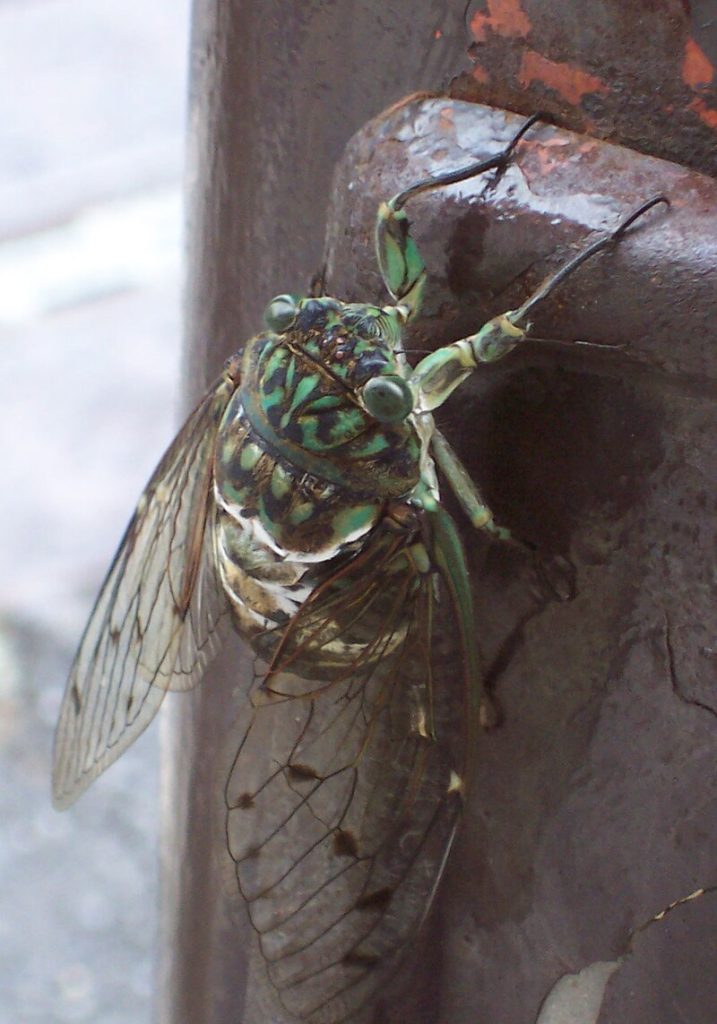
Although the territories of these two broods do not extensively overlap, there is a potential contact zone, particularly in central Illinois near Springfield. An entomologist aims to investigate how the two broods might interact and whether their mating songs differ. This investigation is crucial as it could shed light on the intricacies of their behavior and genetics.
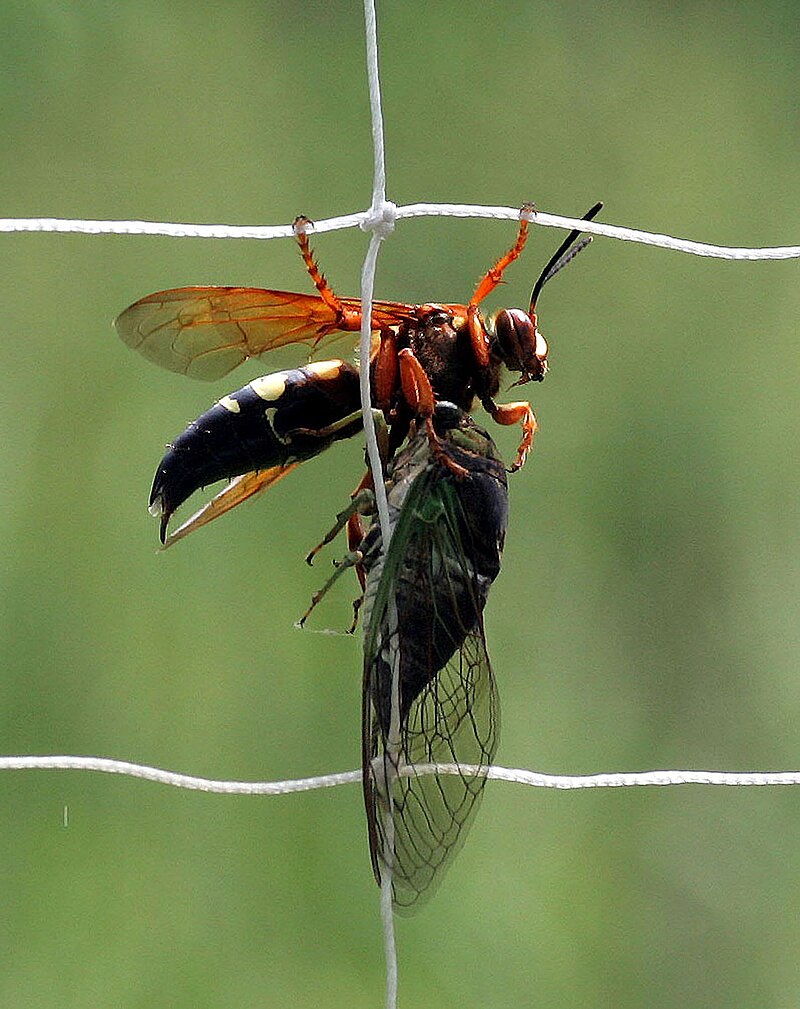
The entomologist is meticulously observing their interactions and collecting numerous samples, which will be flash-frozen for future DNA sequencing. This approach will aid in distinguishing between the two broods and contribute to a deeper understanding of their genetic makeup and evolutionary paths.
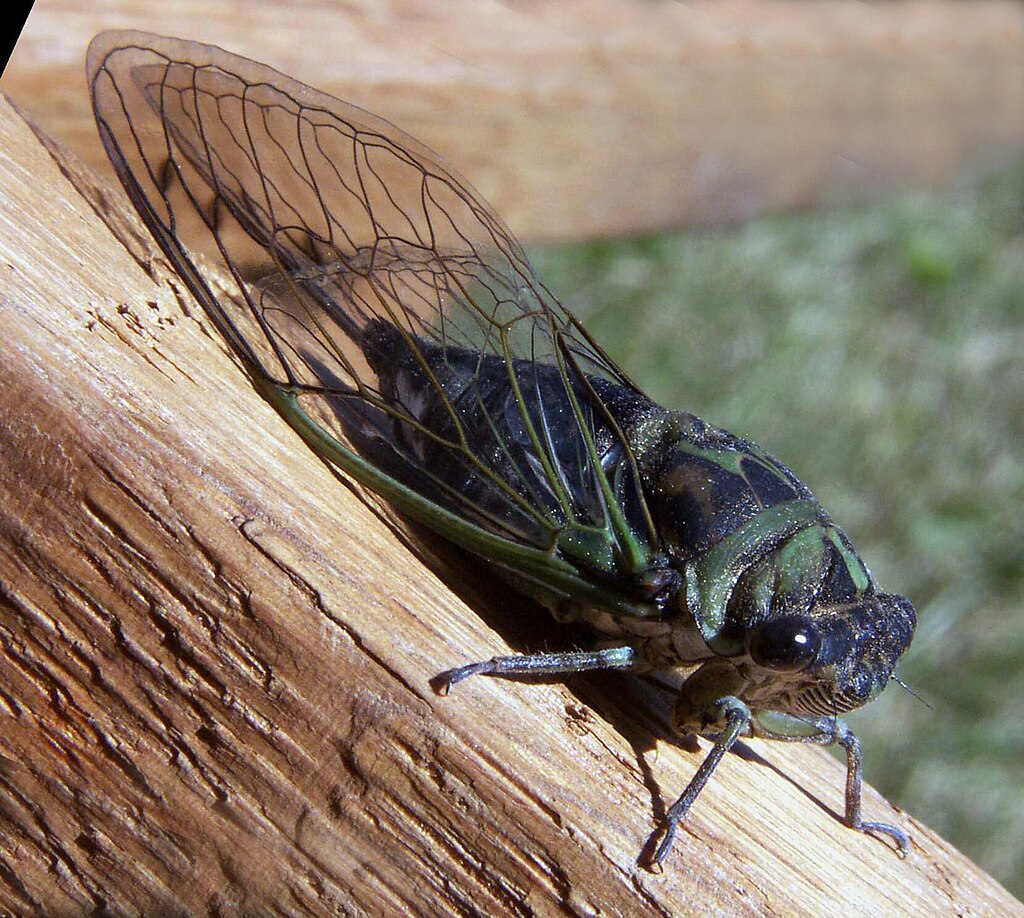
A fundamental question researchers seek to address during this emergence is how cicadas keep track of time during their lengthy underground phase. They emerge above ground for a frenzied mating season, followed by egg-laying in tree branches before the nymphs fall to the ground to begin their subterranean journey anew. The mechanism by which cicadas accurately time their emergence after 13 or 17 years remains a mystery, although it’s suspected that epigenetic factors, such as methyl groups, play a role.
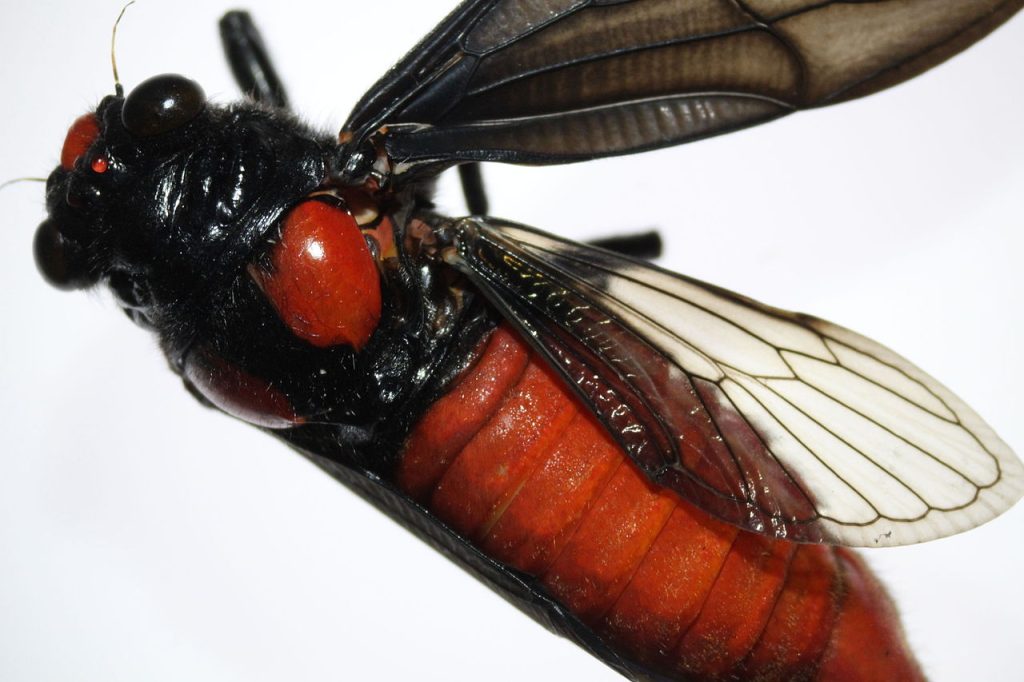
Cicada emergences are astonishing events for both humans and wildlife. Swarms of nymphs cover trees, car tires, and mailboxes, even clinging to the legs of passers-by. Researchers vividly describe the scene, as they aim to document the impact of this emergence on the local ecosystem, particularly on animals like birds and ants.
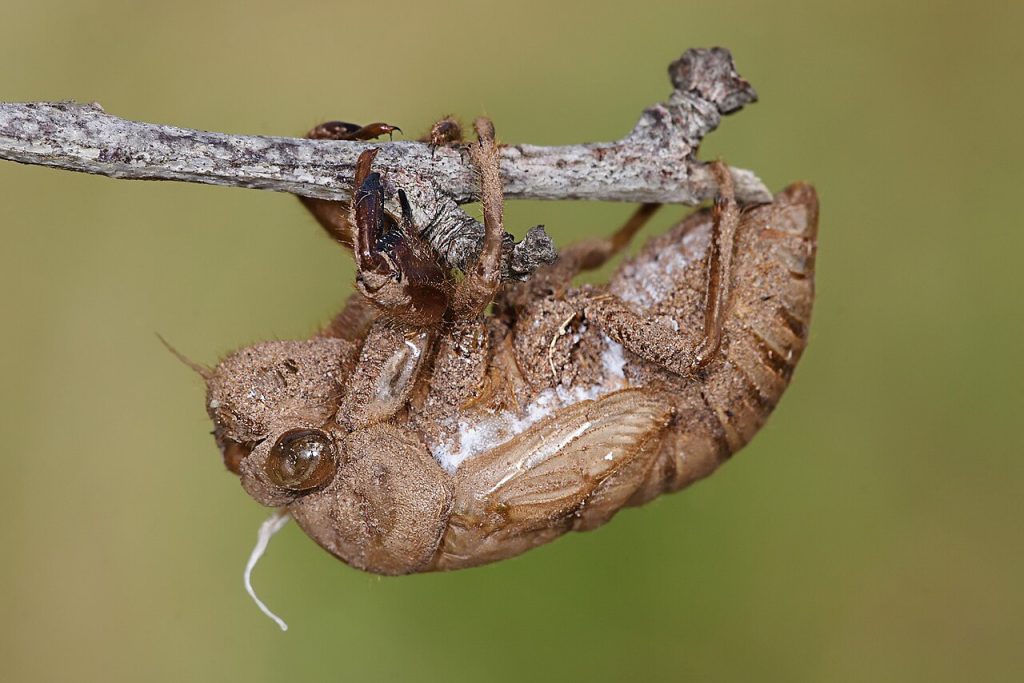
The abundance of cicada carcasses left behind after mating provides a significant food source for various creatures. Researchers plan to use ant colonies as indicators of how the ecosystem responds to this sudden bounty by studying their foraging patterns and interspecies relationships throughout the emergence period. This holistic approach aims to unravel the intricate ecological dynamics triggered by the emergence of these fascinating insects.
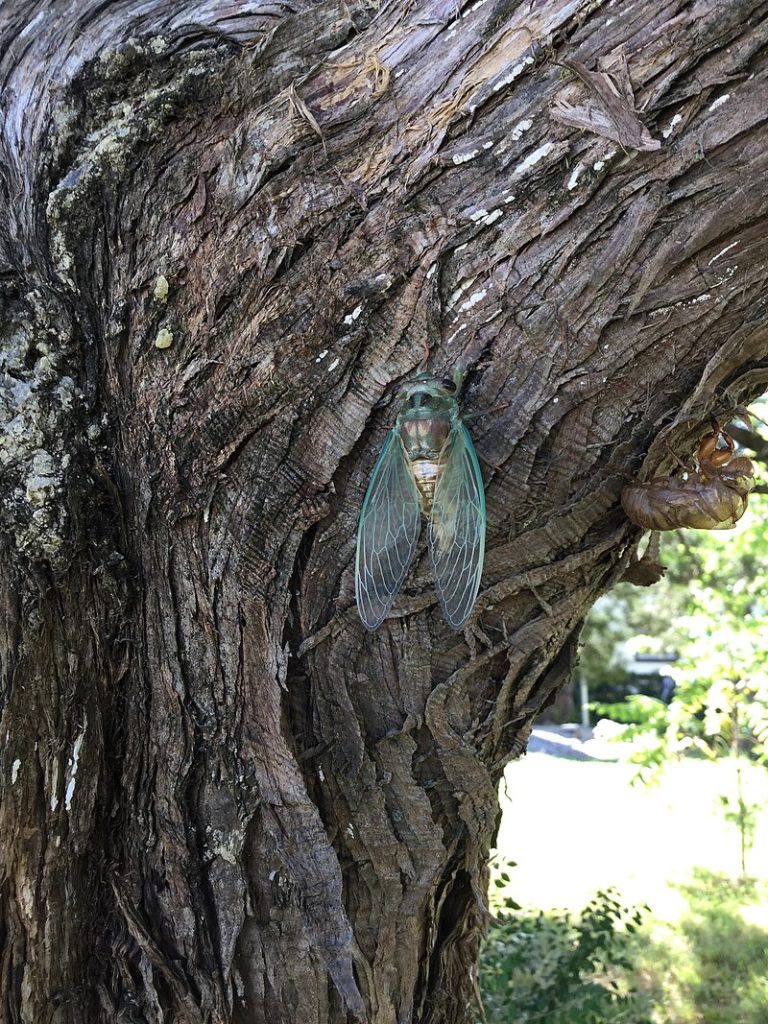
In the broader context, the synchronized emergence of these cicada broods after centuries evokes themes of cyclical phenomena and the passage of time, reminiscent of apocalyptic imagery found in biblical narratives.
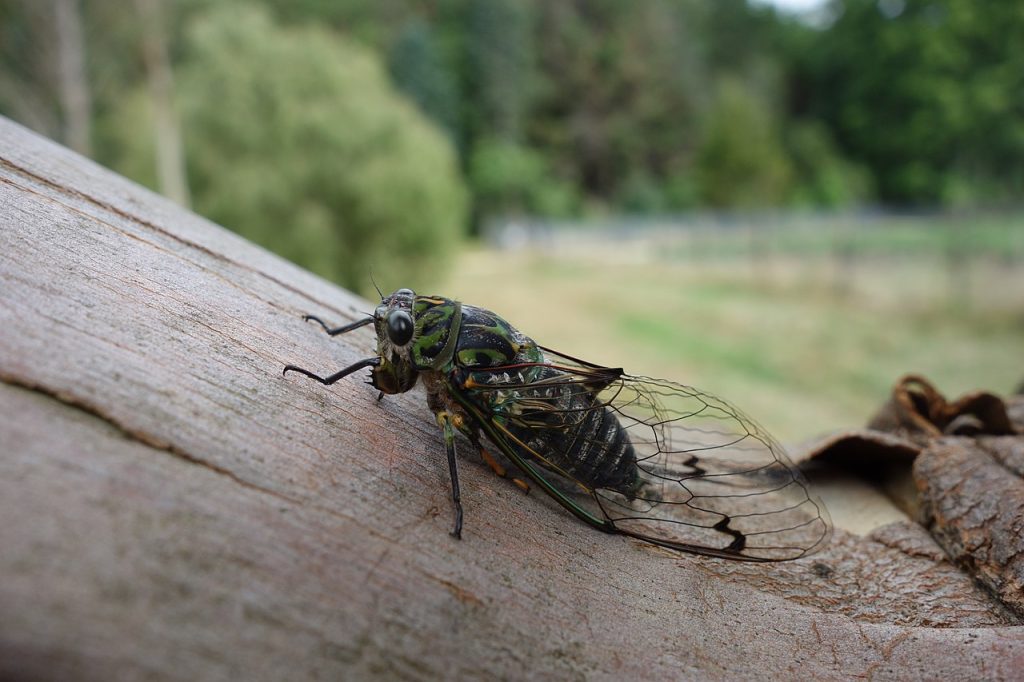
Just as the biblical prophecy foretells the end of days marked by extraordinary events, the convergence of these cicada broods serves as a reminder of nature’s profound mysteries and the cyclical rhythms that govern life on Earth.

